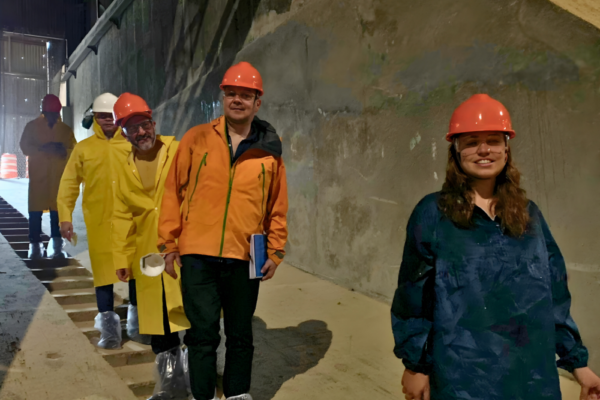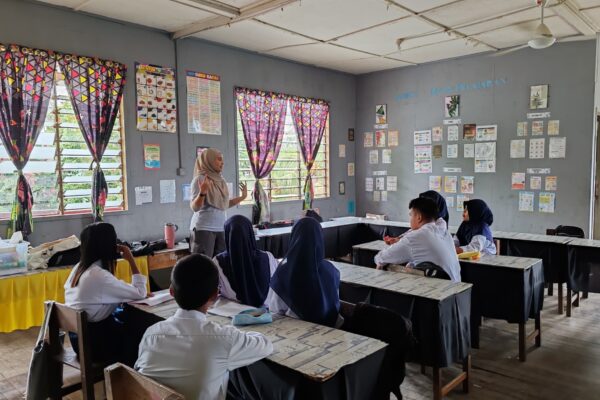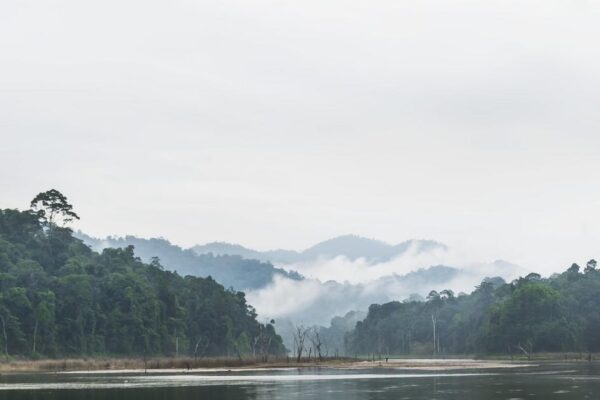The global effort to save tropical forests is locked in a paradox.
Corporate commitment is at a record high, underpinned by financial mandates and satellite monitoring technology; yet, the pace of forest loss remains critically off track.
Over the last decade, major brands have invested significant resources in mastering the complex alphabet soup of sustainability, from DCF (Deforestation and Conversion Free) pledges to intricate reporting via the SBTi (Science-Based Targets Initiative) and the TNFD (Task Force on Nature-related Financial Disclosures).

These efforts shifted deforestation from a public relations problem to a non-negotiable financial and climate risk.
Yet, the forest continues to fall.
Global data show that deforestation from 2019 - 2023 was at a consistent 3.75 million hectares every year, with a spike in 2022 (4% higher than in 2021) - 6.6 million hectares of forest lost - placing the world 21% off track from achieving the 2030 goal.
This failure should force a crucial re-evaluation of corporate strategy.
For companies that have spent millions achieving compliance, the push for the next-level commitment can feel like a frustrating case of shifting goalposts. It raises the fair question: "How much is enough?"
The answer is simple: the goalpost of a stable climate and healthy forests has never moved; the initial strategy merely proved too narrow to reach it.
DCF (Deforestation and Conversion Free) compliance is the baseline, but it is insufficient for long-term survival.
"I think what these frameworks do is try to take something conceptual and bring it into practical action.
And so they help create resilient supply chains that will continue to exist and thrive for 10 to 20 years. So, kind of future-proofing really, for those businesses," shares Lucy Barnes, Forest Positive Solution Manager at Earthworm Foundation.
The problem with focusing solely on cleaning up one’s direct supply chain (the compliance task) is that it ignores the systemic drivers of forest loss.
A company can trace 99% of its raw materials to clean mills, yet still face collapse if the surrounding landscape and communities are unstable.
The failure to invest beyond the factory gate creates severe, quantifiable financial risk that strikes directly at the bottom line.

In West Africa, years of clearing forests for sun-grown cocoa have left plantations highly vulnerable to environmental degradation. This lack of forest cover has accelerated soil degradation, increased exposure to pests (like the Cacao Swollen Shoot Virus (CSSV), which can reduce yields by up to 70%), and created market instability. The volatility and tight supply are a direct consequence of an ecologically fragile supply base.
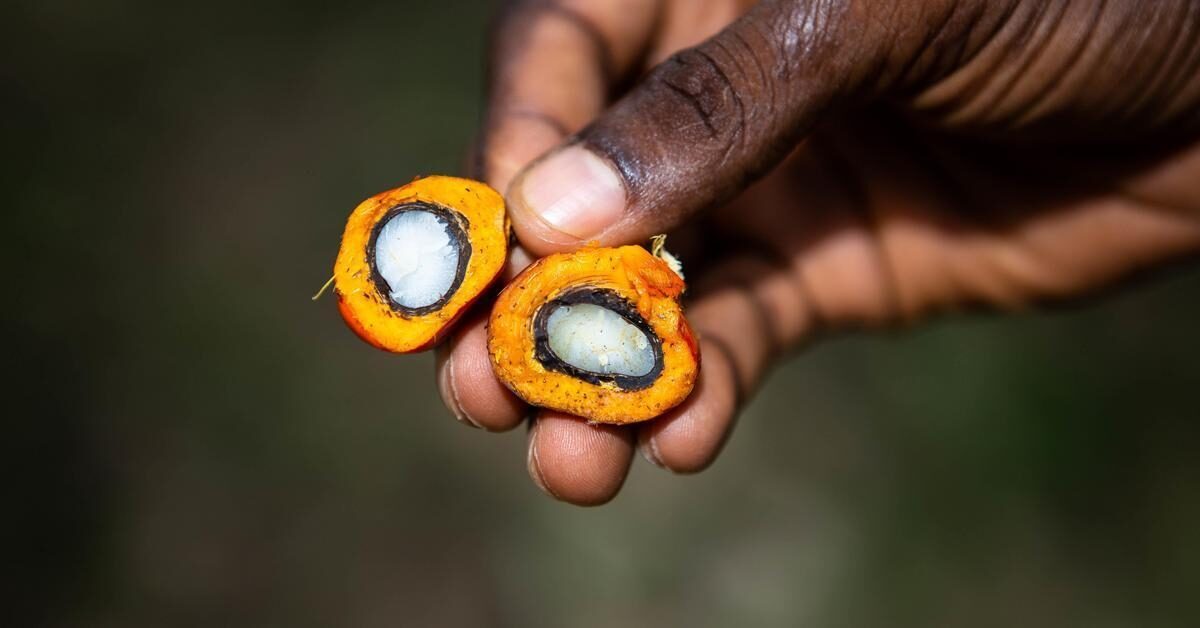
New regulations, such as the EU Deforestation Regulation (EUDR), and shifting market sentiment create significant transition risk. New regulations, like the EU Deforestation Regulation (EUDR), and changing market sentiment create massive transition risk. The EUDR has the advantage of creating a level playing field for businesses importing key raw materials but it also serves to have negative impact on the inclusion of small farmers. More over, complying with many of the emerging regulations aren’t designed to address the pressures that forests face in production areas. These regulations are designed to ensure there is a clean supply chain, not a production system that forests are thriving within.
In short, individual compliance does not future-proof the supply chain against climate shocks or impending regulation. As one advocate put it,
"Halting deforestation has been promised before, but failed hugely. What we need now is delivery." - Professor Alexandre Antonelli, the Director of Science at the Royal Botanic Gardens, Kew (London).
The only way to guarantee a clean, stable supply chain for the long term is to ensure the entire sourcing landscape is healthy and resilient. This is the philosophy behind the Earthworm Foundation's landscape approach, which shifts the strategy from policy auditing to place-based investment.
This critical shift requires two fundamental changes:
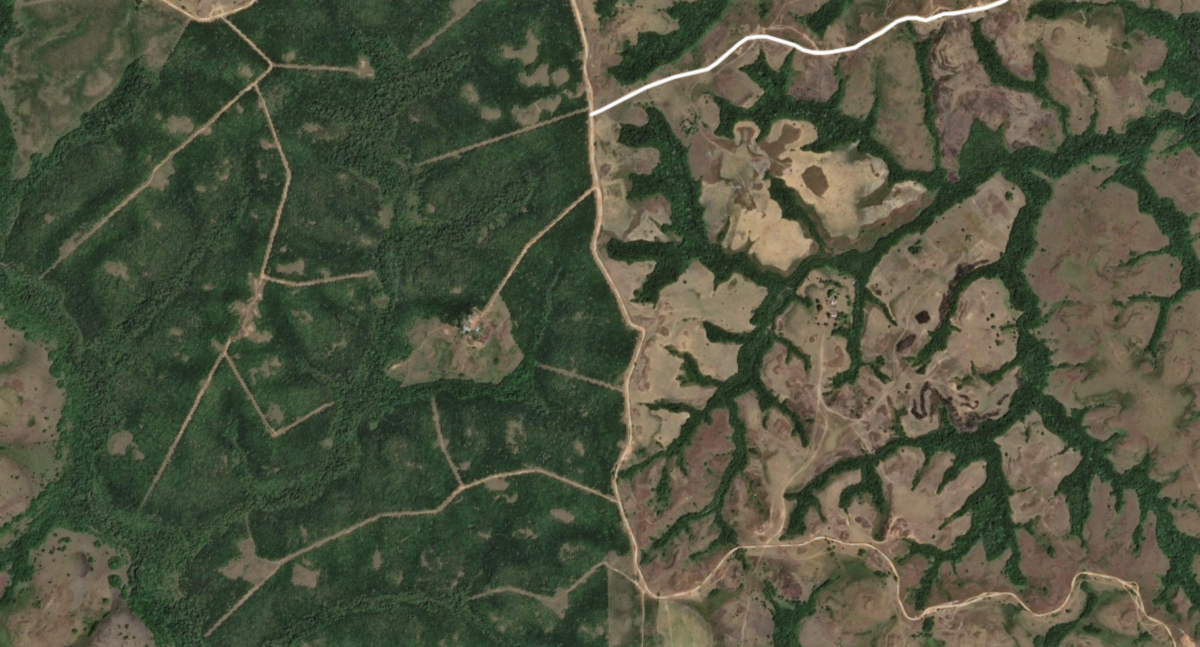
Companies should utilise tools such as Starling, a geospatial solution designed to monitor and assess deforestation risks, not just for compliance checks, but to monitor the health and activity of the entire production region.
"If you see an image where you have evidence of deforestation, you can bring to the table all the different stakeholders. The brands, of course, are aware of the deforestation. However, we can also work locally, building capacity within the community to ensure they are taking care of the forest. This is what Earthworm Foundation does, and this is the beauty of the tool (Starling)", said Nadja Batista, Business Development Manager at Earthworm Foundation.
This is essential, given that NGOs estimate companies without zero-deforestation policies currently manage a confirmed 11.7 million hectares of high-risk forest. Technology must be used to detect systemic risk, not just individual breaches, reports the Zoological Society London (ZSL).
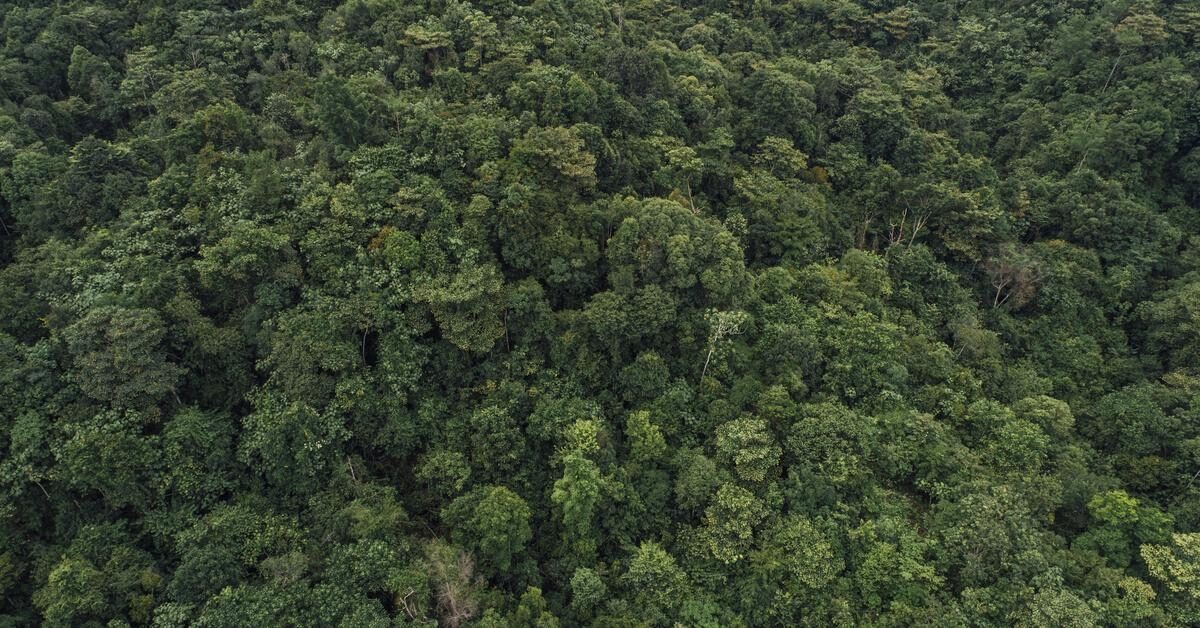
Landscape approaches, such as the Healthy Forest Landscapes (HFL) approach, move beyond simple exclusion and towards collective, positive interventions. This means:
- Economic Stability: Investing in agroforestry and diversified income streams to ensure smallholder farmers can earn a sustainable livelihood without expanding into the forest.
- Collective Action: Collaborating with competitors, local governments, and civil society to address poor governance and land-use planning that affect everyone in the region.
"Let’s be careful not to segregate the approaches. Let’s focus on ‘No deforestation’, ‘EUDR’, ‘carbon’, ‘regenerative agriculture’….you’ve got these silos which actually take place exactly in the same sourcing regions with exactly the same suppliers. We can take a holistic approach in one conversation with the supplier that encompasses all these aspects," shared Bastien Sachet, Earthworm Foundation's CEO.
By adopting this model, companies are not just being 'good citizens'; they are mitigating their own financial risk and capitalising on opportunities.
For the Indonesian palm oil sector, responding optimally to the climate transition could result in a $9 billion increase in combined enterprise value by focusing on sustainable production.
The weakest point in the no-deforestation story is the illusion of success achieved through isolated compliance. The new imperative is clear: the only path to zero-deforestation begins with an investment in the holistic resilience of the landscape.
